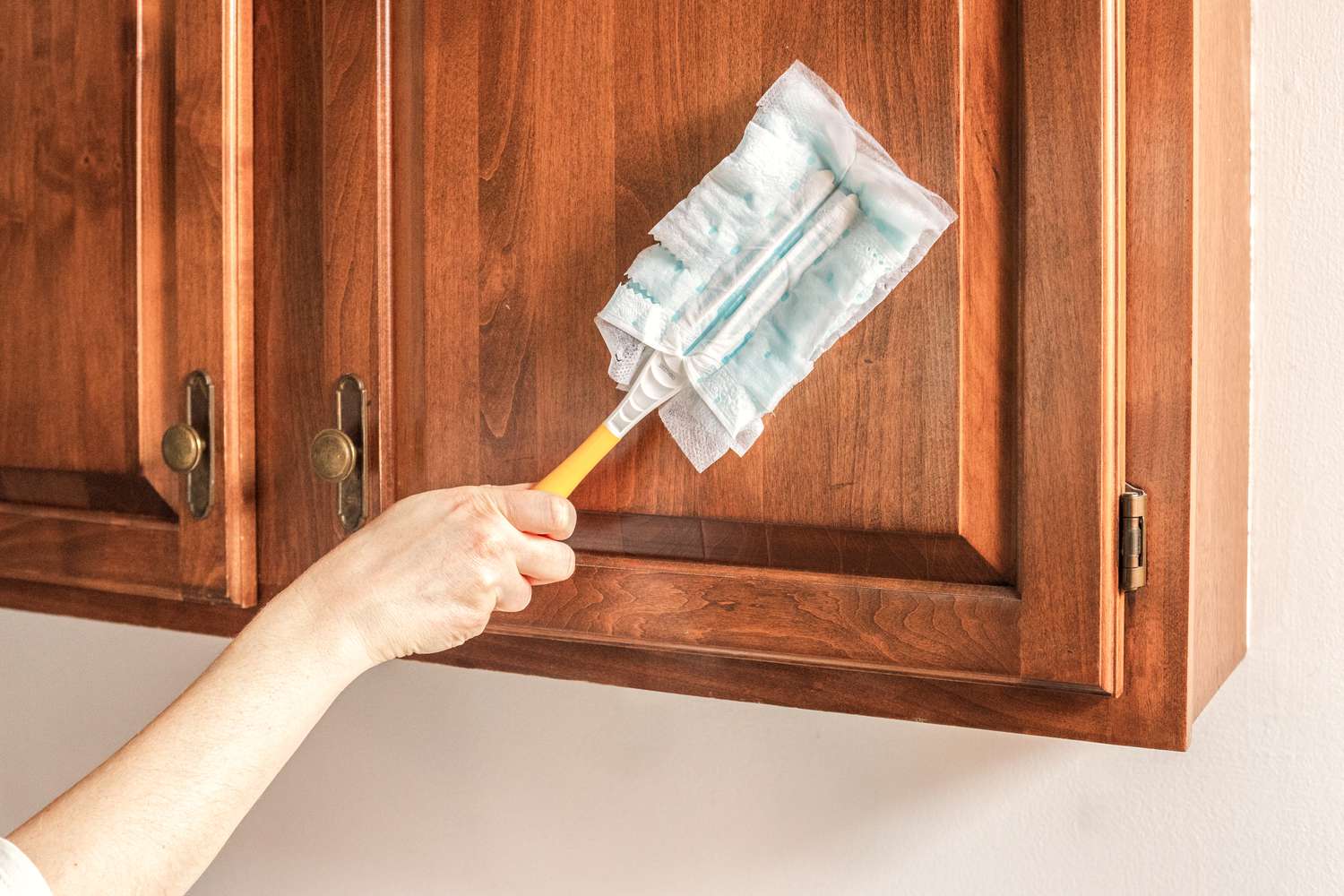Kitchen cabinets get messy faster than most people realize. Grease, splatters, and sticky fingerprints pile up from everyday use, leaving them dull and dirty. Figuring out how to clean kitchen cabinets is simple, and it helps keep your kitchen looking good while protecting your cabinets from wear and tear. With a little effort, you can get rid of grime and make your cabinets look like new.
Cleaning is easier with the right tools and a straightforward plan. Dish soap, a damp cloth, and a soft brush are all you need to scrub away dirt and grease. Regular attention stops messes from becoming bigger problems. Focusing on small areas one step at a time makes cleaning quick and manageable.
This guide breaks down exactly what to do.
Essential Tools and Supplies for Cleaning
Cleaning kitchen cabinets is easier when you have the right tools and supplies. Choosing appropriate items prevents damage to the cabinets and ensures a thorough job.
Cleaning Solutions for Cabinets
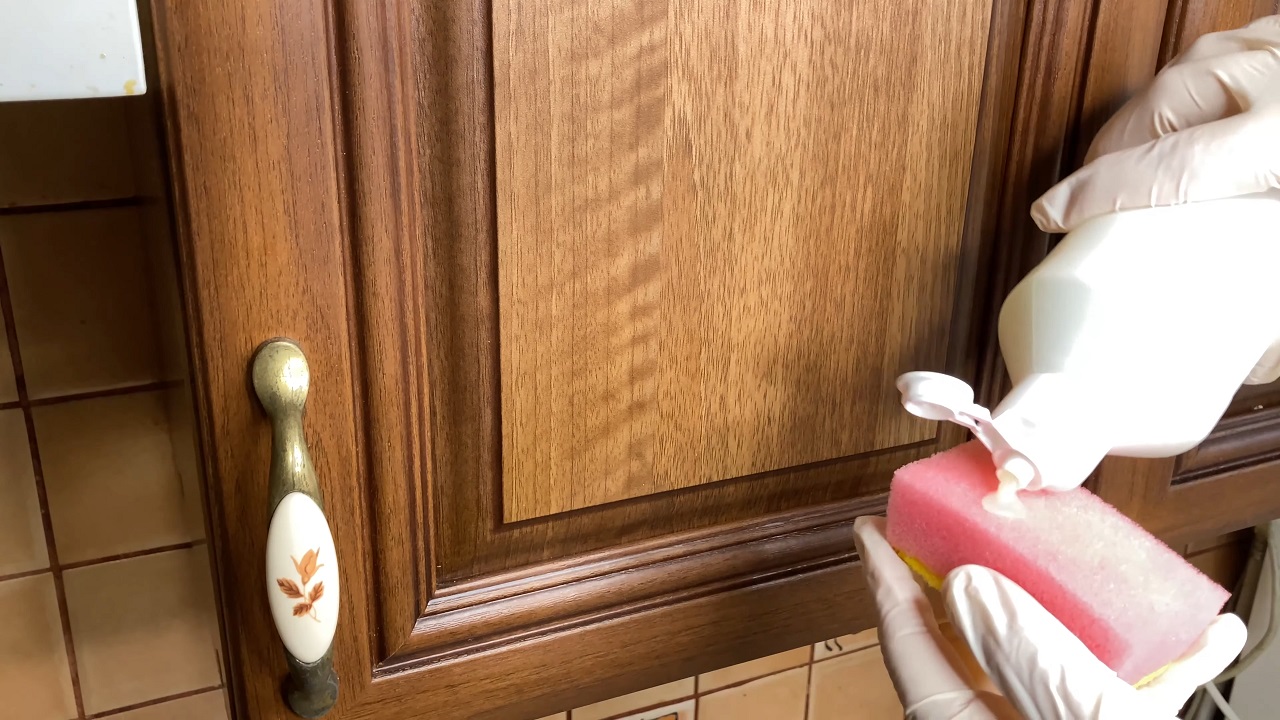
- Dish Soap: Dish soap mixed with warm water works on grease and grime without harming cabinet surfaces. Use a small amount for general cleaning.
- White Vinegar: Diluted vinegar removes sticky residue and acts as a natural disinfectant. It is safe for most materials but should not be used on unsealed wood.
- Baking Soda: Baking soda paste is perfect for tough stains and grease buildup. Apply with a soft brush to problem areas, then wipe away with a damp cloth.
Wiping and Dusting
- Microfiber Cloths: These cloths are gentle on finishes and effectively remove dirt. Use one for wiping and a second for drying to avoid streaks.
- Soft Bristle Brush: Small brushes or toothbrushes reach corners and grooves where dirt often collects.
- Extendable Duster: For dust on the tops of cabinets, an extendable duster helps clean hard-to-reach areas without effort.
Hardware and Glass
- Glass Cleaner: For cabinets with glass panels, use a streak-free glass cleaner. Wipe with a microfiber cloth to avoid scratches.
- Vinegar and Water Mix for Handles: Metal or stainless steel handles benefit from this solution. It removes smudges while protecting the finish.
What to Avoid?
- Abrasive sponges or steel wool can scratch the surface.
- Harsh chemicals like bleach damage cabinet finishes and can cause discoloration.
- Over-saturating wood cabinets with water may lead to warping.
Simple Steps for Regular Cabinet Cleaning
Cleaning cabinets regularly keeps your kitchen neat and prevents grime from building up. By following a clear routine, you can maintain your cabinets and avoid unnecessary scrubbing later.
Supplies Needed for Cleaning
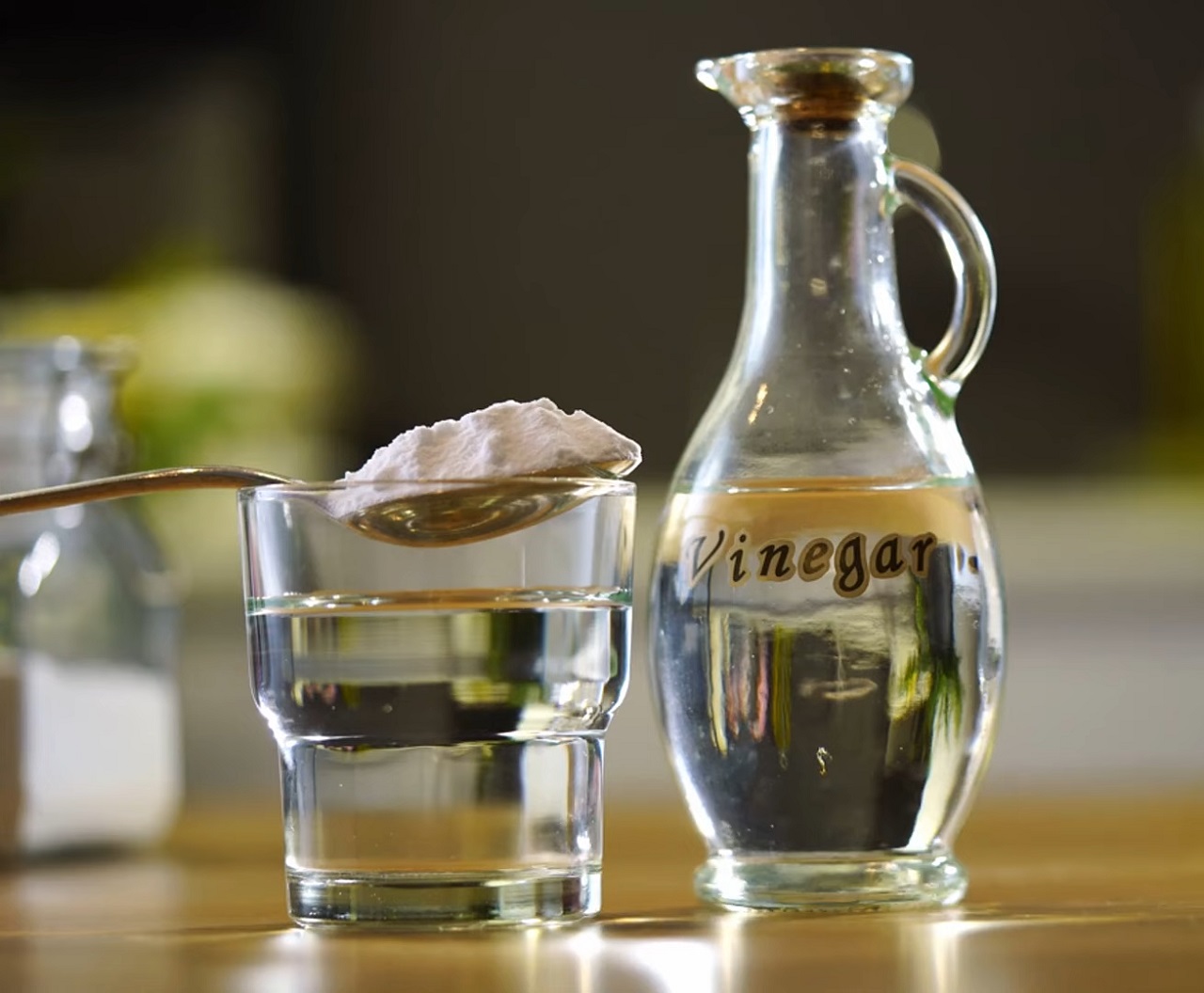
- A soft cloth works well for wiping surfaces.
- Dish soap and warm water provide an effective cleaning solution.
- A microfiber towel dries cabinets and prevents streaks.
- A small brush or toothbrush helps with grooves and corners.
Avoid using abrasive tools or harsh chemicals that might damage the finish.
Steps for Cleaning the Exterior
Start at the top of the cabinets and work downward. Spray a small amount of the cleaning solution onto the cloth instead of the cabinet surface. Wipe the doors, edges, and undersides carefully. Pay close attention to handles, as they collect dirt easily.
For greasy spots near the stove, use a paste made of baking soda and water. Scrub gently with a soft brush, then wipe away the residue with a damp cloth. Finish by using a clean, dry towel to remove all moisture.
How to Handle Tough Grease and Stains
Grease and stubborn stains often appear on cabinets near stoves or high-traffic areas. Tackling these spots effectively requires the right approach to avoid damaging cabinet surfaces while ensuring a thorough clean.
Supplies for Tough Spots

- Baking soda and water create a gentle paste for grease.
- White vinegar diluted with water works as a natural degreaser.
- A soft-bristle toothbrush helps scrub small, detailed areas.
Make sure to avoid harsh chemicals or rough scrubbers that might scratch the surface.
Removing Grease and Sticky Spots
Apply the baking soda paste directly to greasy areas. Use a toothbrush to scrub lightly in circular motions, ensuring the paste does not sit too long. Wipe the area clean with a damp cloth, removing all residue.
For sticky spots, a mixture of white vinegar and warm water works well. Dampen a cloth with the solution and gently rub the affected area until the residue lifts. Use another cloth to wipe the spot clean.
Cleaning the Inside of Kitchen Cabinets
The inside of cabinets often collects dust, crumbs, and stains over time. Cleaning this space ensures a healthier, more organized kitchen.
Empty the cabinets completely, removing all items. Vacuum the shelves to clear crumbs and dust. Use a damp cloth with dish soap to wipe the shelves, focusing on corners and edges where debris gathers. Dry the surfaces thoroughly with a microfiber cloth before replacing items.
Supplies for Cabinet Interiors
- A vacuum with a nozzle attachment clears crumbs.
- Dish soap and warm water remove stains.
- A microfiber cloth dries surfaces and prevents streaks.
Cleaning Glass and Hardware
Glass panels and handles often require a more delicate approach to avoid scratches or streaks.
Cleaning Glass Panels
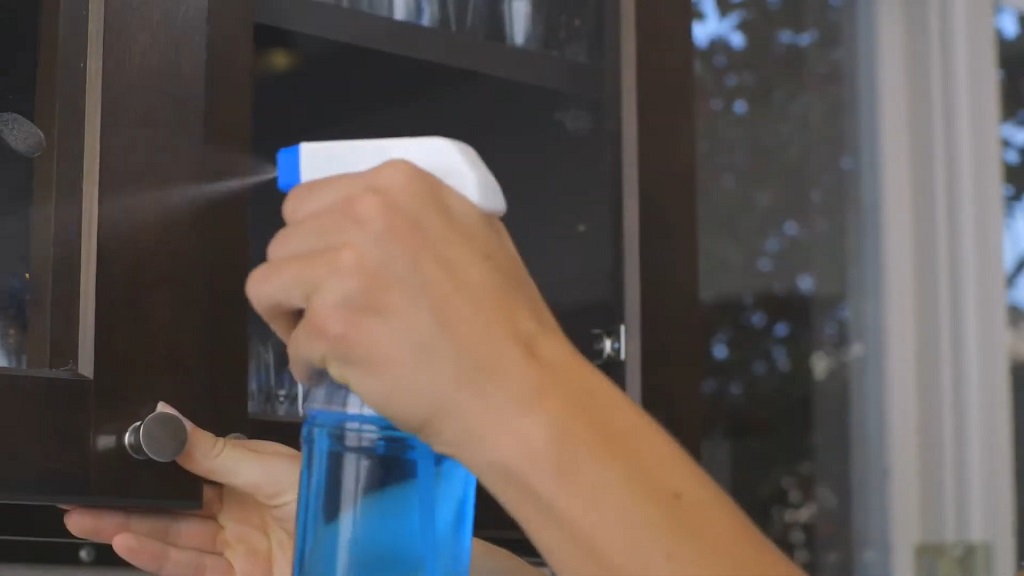
Use a streak-free glass cleaner and a microfiber cloth. Spray the cleaner onto the cloth, not the glass, to prevent drips. Wipe the glass gently and finish with a dry cloth to remove smudges.
Cleaning Handles and Knobs
Handles made of metal or stainless steel benefit from a solution of vinegar and water. Use a damp cloth to wipe the handles clean, then dry them thoroughly. For intricate designs, use a toothbrush to clean small details.
When to Replace Your Kitchen Cabinets?
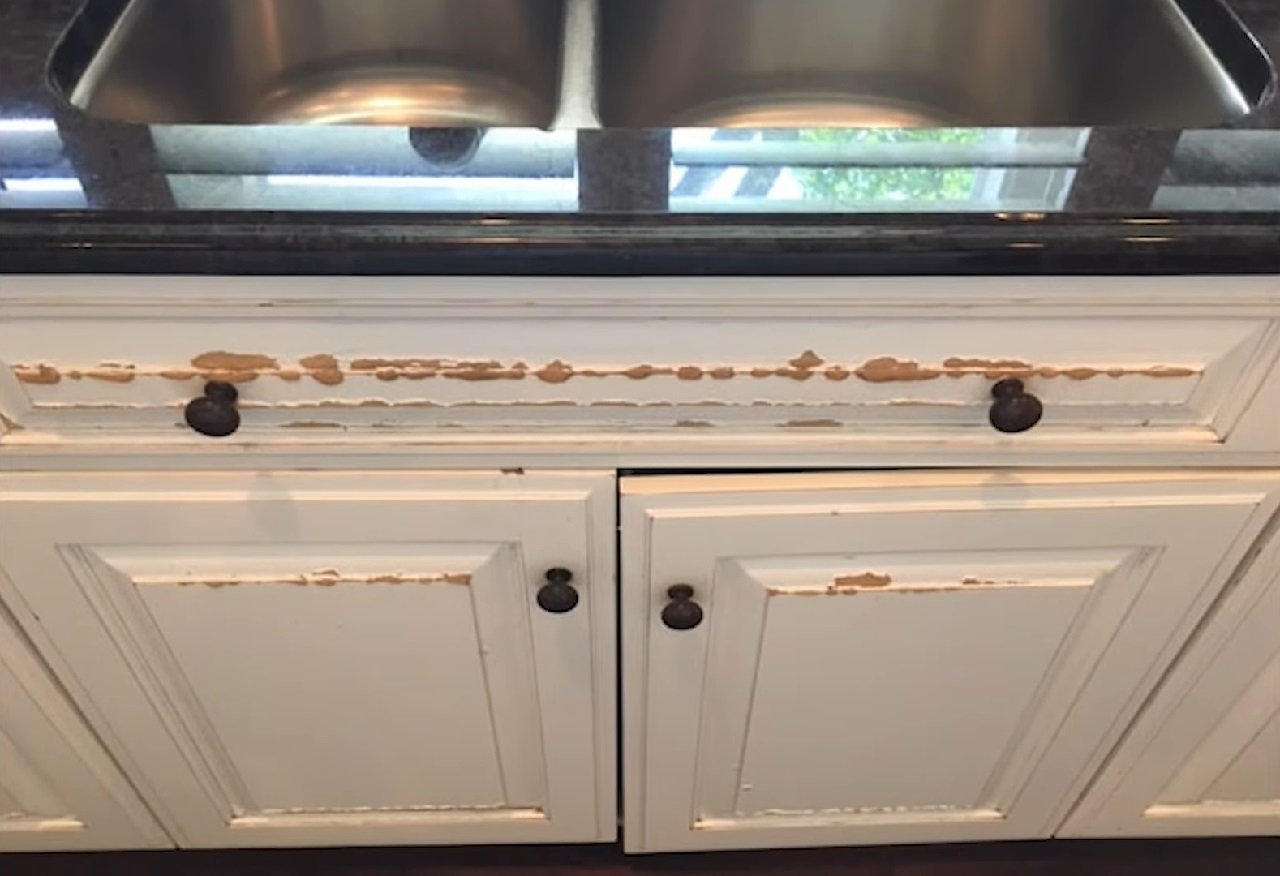
At some point, cleaning may no longer be enough. Knowing when to replace cabinets ensures your kitchen remains functional and attractive.
Signs It Is Time to Replace
- Cracked doors or warped surfaces indicate structural damage.
- Stains that will not come out suggest the finish has worn away.
- Broken shelves or hinges make cabinets less functional.
FAQs
Can I Use Oil to Polish My Wood Cabinets?
Using oil specifically designed for wood furniture is safe for cabinets, but avoid heavy or sticky oils that attract dust. A light application of lemon oil or mineral oil can enhance the shine of wood cabinets, but always test on a small, hidden area first.
What Is the Best Way to Clean Painted Cabinets?
For painted cabinets, use a mild soap solution and a soft cloth to avoid damaging the finish. Do not use abrasive tools or harsh cleaners. Avoid soaking the surface with water, as it can cause peeling or bubbling of the paint.
How Can I Clean Cabinet Hinges Without Removing Them?
Hinges can be cleaned in place using a small brush dipped in a vinegar and water solution. Scrub gently to remove dirt and grime, then wipe dry with a cloth. For metal hinges, a few drops of machine oil can be applied to prevent squeaking.
Should I Line My Cabinet Shelves?
Shelf liners can protect cabinets from stains and scratches, especially in areas where liquids or heavy items are stored. Choose non-slip, easy-to-clean liners that are simple to remove and replace when needed. Avoid adhesive liners, as they can leave residue when removed.
Conclusion
Keeping kitchen cabinets clean does not have to be a daunting task. With the right tools, a consistent routine, and some simple techniques, you can maintain cabinets that look fresh and last longer. Regular care for both the inside and outside of your cabinets prevents tough stains and grime from building up, saving you time and effort in the long run.
For more tips on maintaining your home, stay with us at Heather Lins Home.
